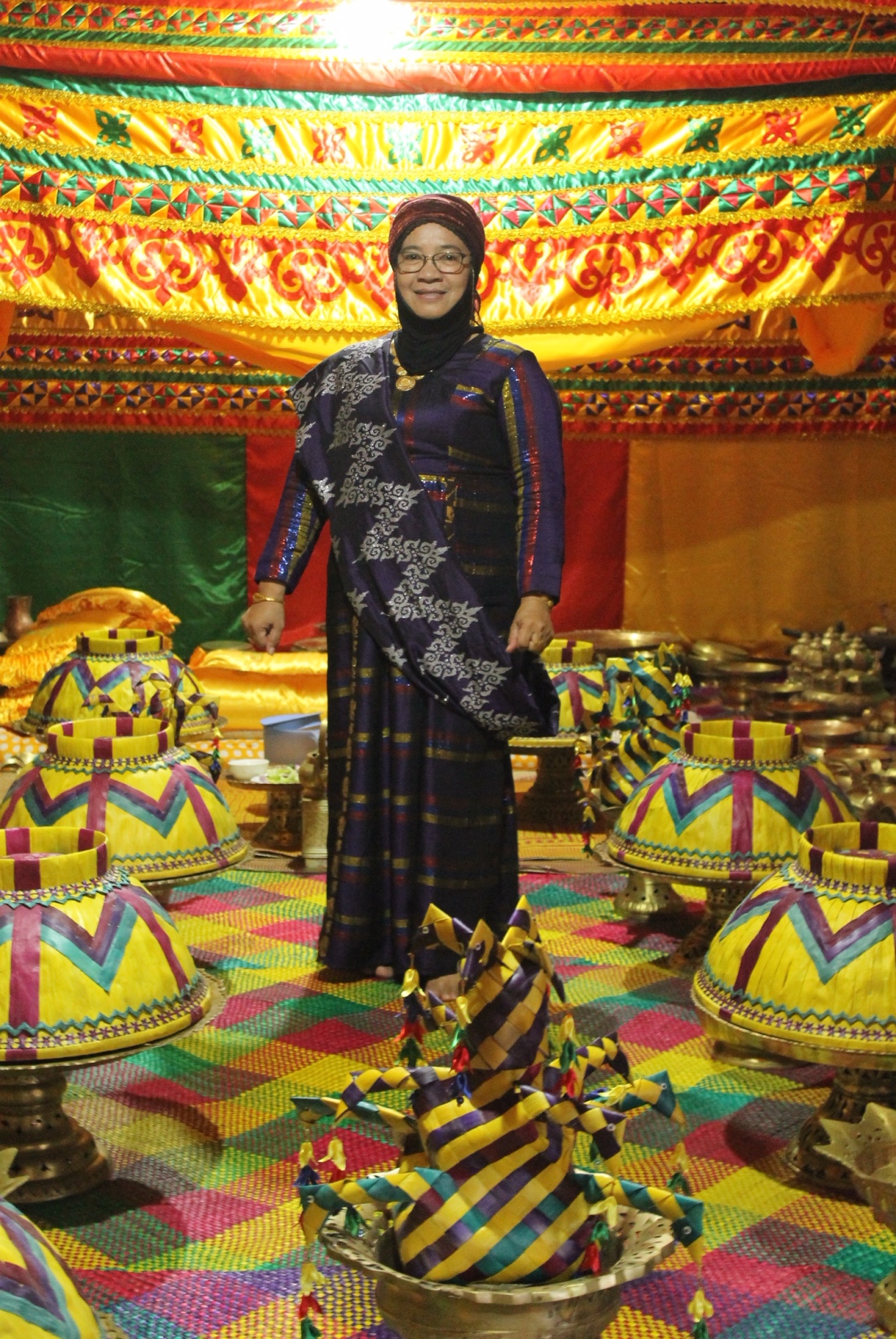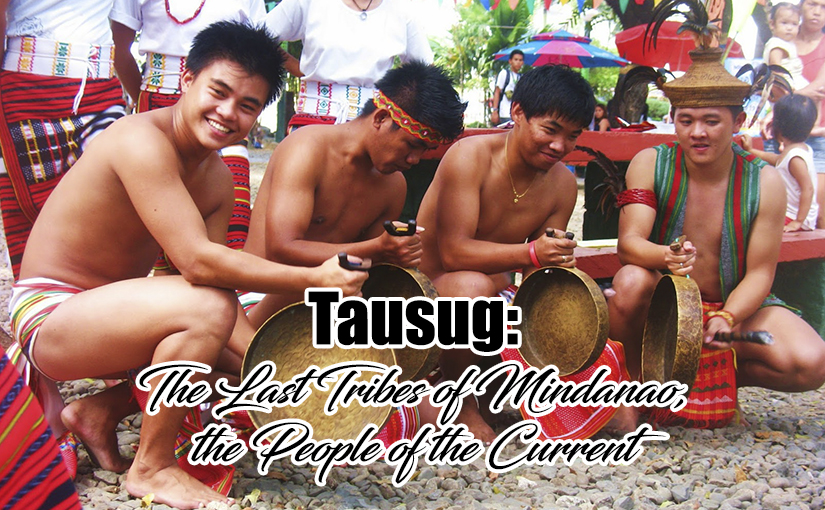The Ultimate Guide To Tausug Philippines
The Basic Principles Of Tausug Philippines
Table of ContentsThe Buzz on Tausug PhilippinesSome Ideas on Tausug Philippines You Should Know4 Easy Facts About Tausug Philippines DescribedSome Known Details About Tausug Philippines The 25-Second Trick For Tausug PhilippinesTausug Philippines for Dummies
Anne's perceptions of the Pangalay program exactly how, in a location where numerous cultures exist side-by-side, respect for tribal possession of a dance is not inappropriate with an appreciation for and also a sense of satisfaction in the cumulative corpus of dances as one tradition, on a nationwide level. Dance is a task so common in Philippine culture that, paradoxically, it is frequently taken for granted.
There is no rejecting that Reyes-Aquino deserved her National Artist Honor in Dancing for the collection of summaries of all the dancings that appear in her six-volume work (Aquino 1953), however I maintain that further study is needed to enhance this collection by updating, trimming, broadening, and also fixing, where required, specifically when it involves the classification and categories of dances.
There is much details therein, absolutely, yet effective reconstruction as well as dissemination of this info needs the job of much more scholars. I keep in mind, however, that this procedure of modification is not without its political problems amongst dance scholars and specialists. Tausug Philippines. While investigating the Pangalay in the funding and also two districts of Tawi Tawi, an island district within the Sulu archipelago, Santamaria uncovered that the locals of this district separated the Pangalay from the Igal.
Unknown Facts About Tausug Philippines
Not remarkably, responses from Amilbangsa's group to this claim were hostile, charging Santamaria of negating Amilbangsa's initial research rather than watching it as the discovery of brand-new knowledge. As the acknowledged expert in Pangalay, it was assumed that Amilbangsa might not be incorrect, likewise that Aquino's research is thought to be incontestable.
Bajau youngsters learning the Igal in Sempornah, Sabah. Picture by Hanafi Hussin. Amilbangsa's advocacy for the Pangalay merits in that she seeks to maintain the custom to life to make sure that future generations will maintain performing this age-old form that was exercised before the people that danced it were transformed to Islam.
Clearly, it would certainly be valuable if she might update her research or enable others to continue the research study for her. My account of issues with the classification and also categorization of dances in the Philippines and also their documents looks for to demonstrate how the growth of a nationwide heritage is not without contestation, as multiple social teams battle to maintain their identity as well as freedom on a tribal degree within the linked field that is nationhood.
Getting My Tausug Philippines To Work
Under footer of the internet site, useful content a copyright is suggested from 1999-2013, although this might reflect the size of time that the Alun Alun Dancing Circle has actually functioned, as mentioned on the web site's account web page: http://pangalaydance. com/the-alun-alun- dance-circle. It would certainly be secure to claim that the write-up "The Pangalay Dance Style" might have been published to the internet site as early as January 2007, which is the earliest day of the archives of posts on the site, as well as created prior to after that.
gov.ph, it is unclear where an update of this record can be located. Overviews of the history of Philippine dance are found in Basilio Esteban Villaruz's Sayaw: An Essay on Philippine Dancing, which was released as a short monograph by the Cultural Facility of the Philippines (CCP) in 1989, then consisted of in the Tuklas Sining series (1991 ).
In some areas, the activity of such peoples has considerably changed the ethnic make-up. Such holds true of southern Sulu, the islands comprising the province of Tawi-Tawi. This paper is a discussion of recent populace activities in the Sulu Islands, and how these might be connected to the culture history of the Sama people, the earliest citizens of Sulu (*).
Tausug Philippines for Dummies

Design and also Area Preparation. There are three kinds of Mranaw houses: the lawig (tiny residence), mala-a-wali (huge residence), as well as the torogan or ancestral house of the datu. Some Mranaw houses have posts which hinge on the rounded rocks; these "drifting structures" avoid the structures from collapsing during earthquakes (Peralta, 1975: 28-31).
It stands thirty to 220 centimeters above the ground, hing on 9 to twelve bamboo or wooden poles. A fenced patio works as the front of the residence; the cooking area, which is fifty centimeters less than the structures, goes to the back. Tausug Philippines. The text homes the sleeping location, which increases as a living as well as workplace in the morning.
Our Tausug Philippines Ideas
The widowed line flooring of your home is of split bamboo tied with rattan. Sculpted chests, head boards, or insect displays split the inside into the resting and also non- sleeping Homepage locations. Covered with a riyara woven floor covering, rice-stalk bundles work as bed mattresses, the head as well as foot of which are outlined with pillows.
The roof covering of the mala-a-walai is made of thick cogon lawn protected on bamboo structures by rattan. Scratched bamboo posts web server as the staircases, which are positioned at the front and also rear of your house (Alarcon, 1991: 65-66). The finest example of Mranaw architecture is the torogan, which showcases the most effective of Mranaw okir (actually, you could check here "carving").

Not known Details About Tausug Philippines
